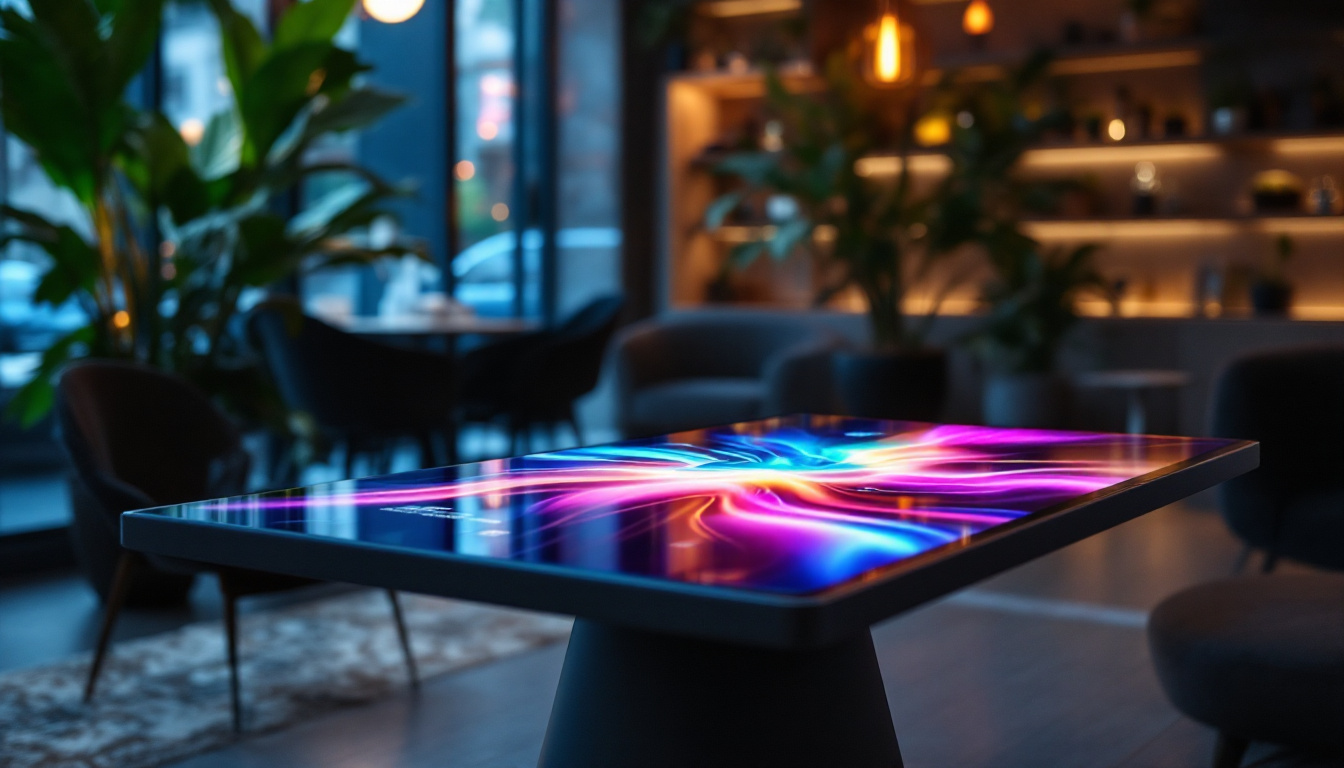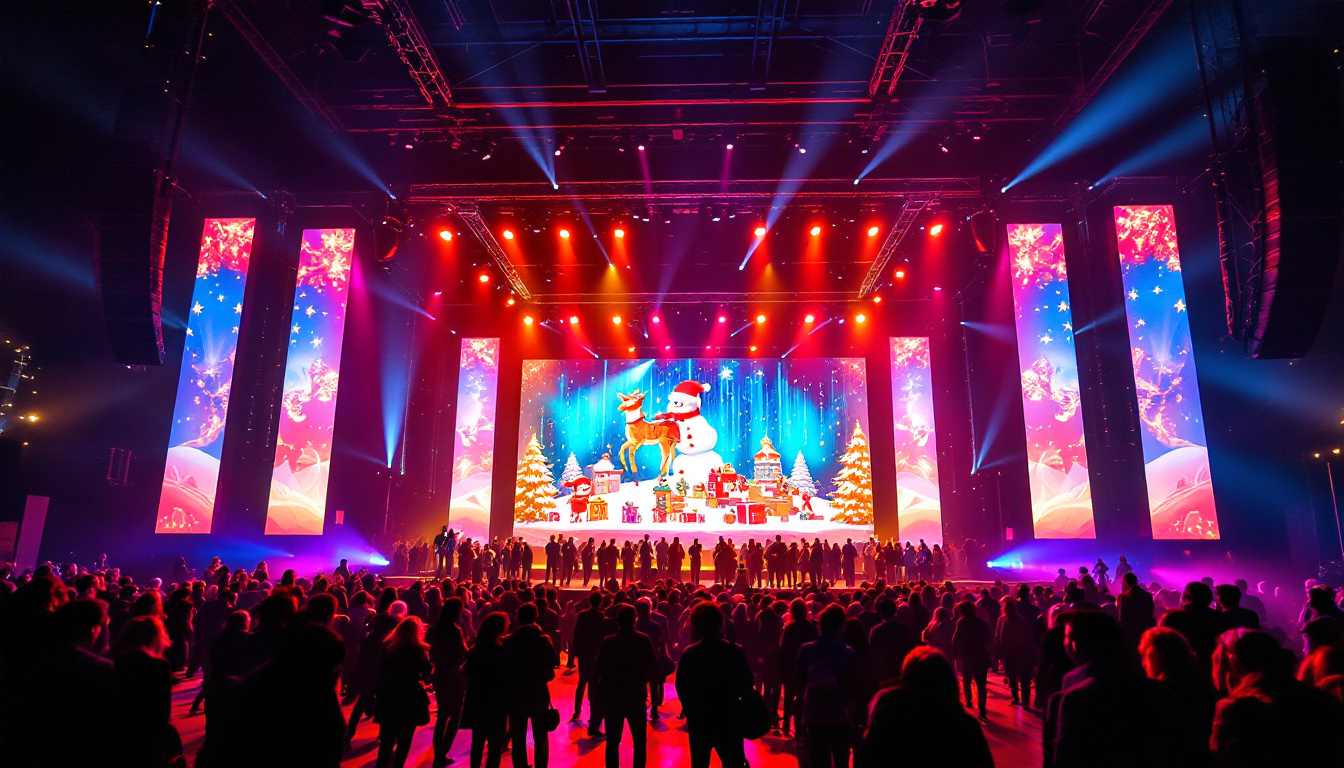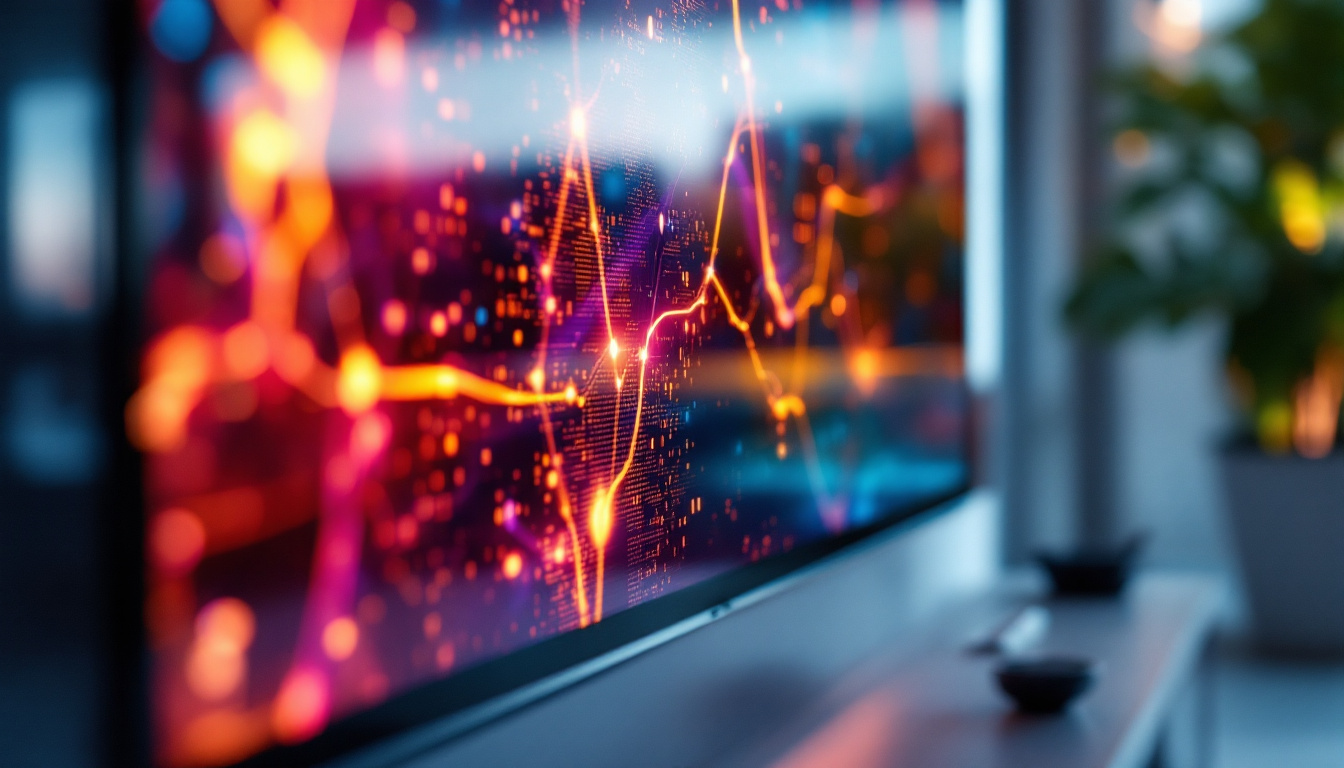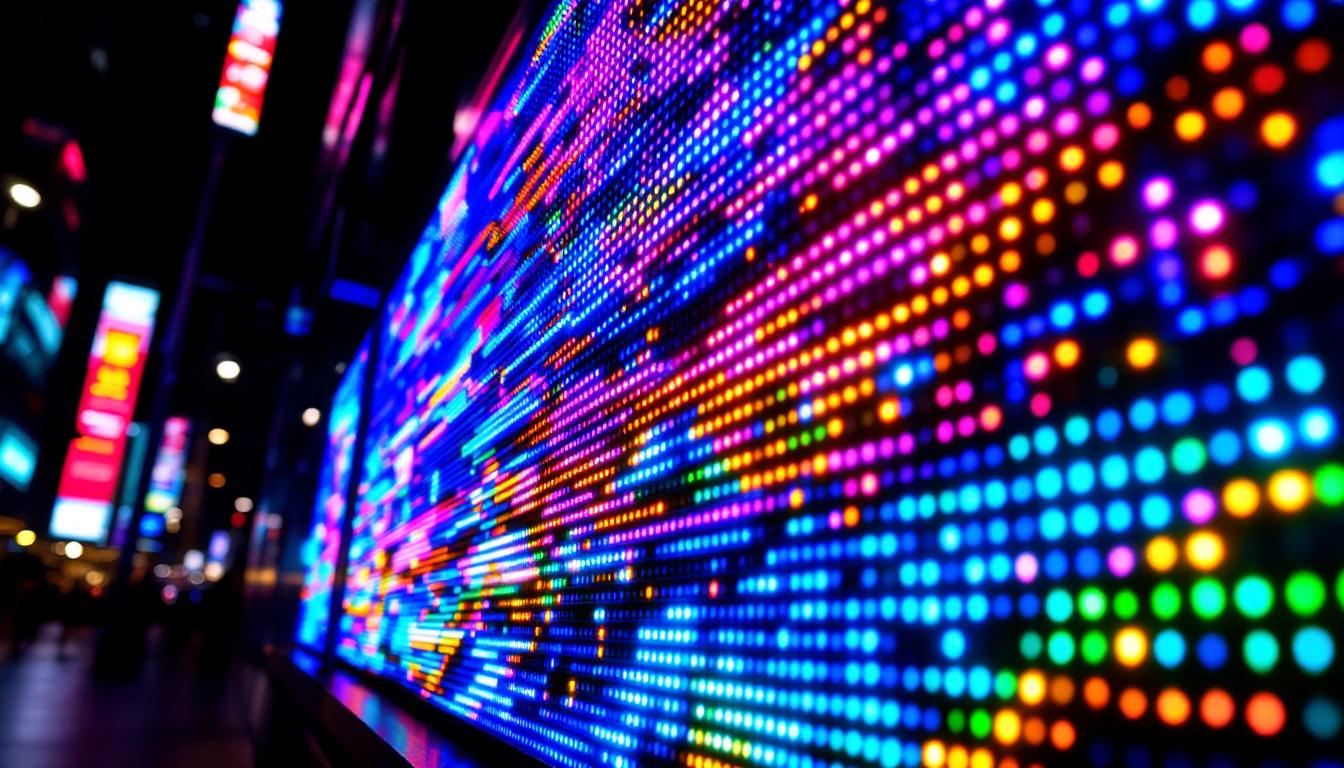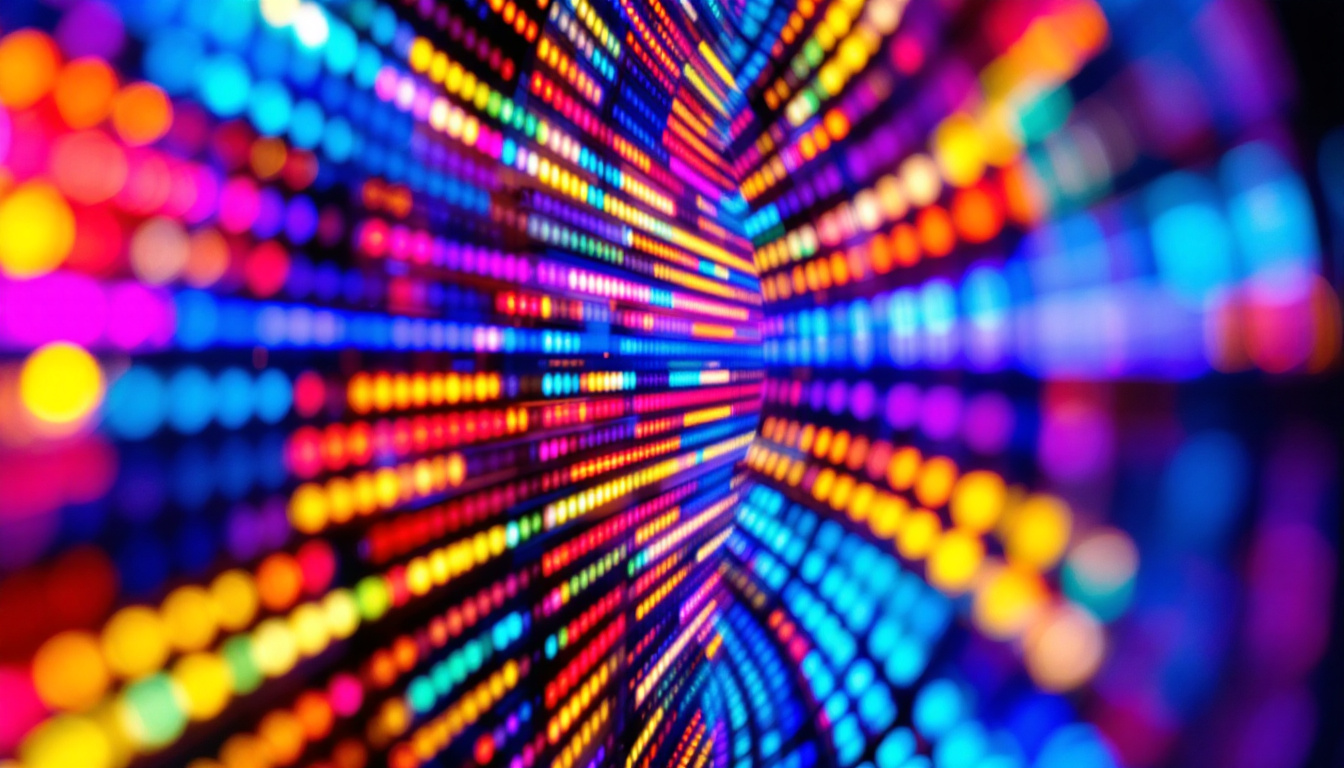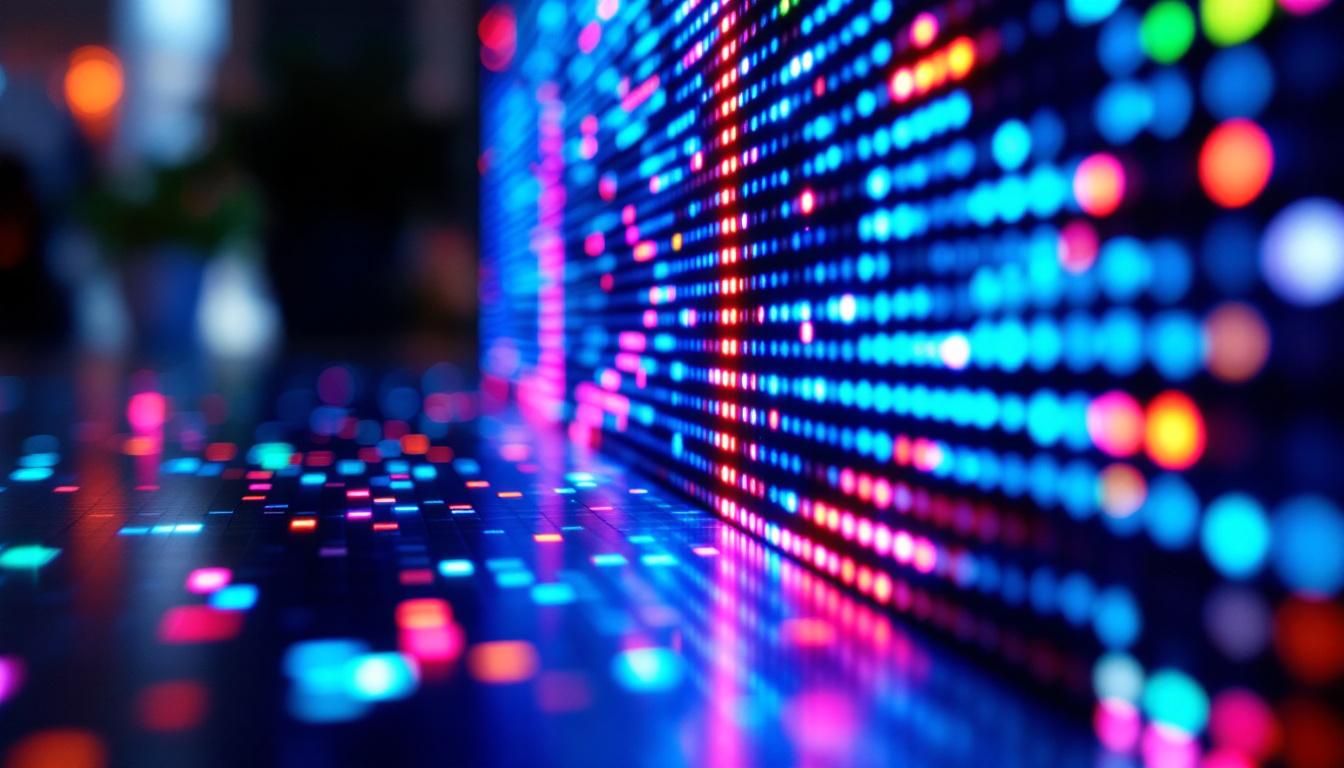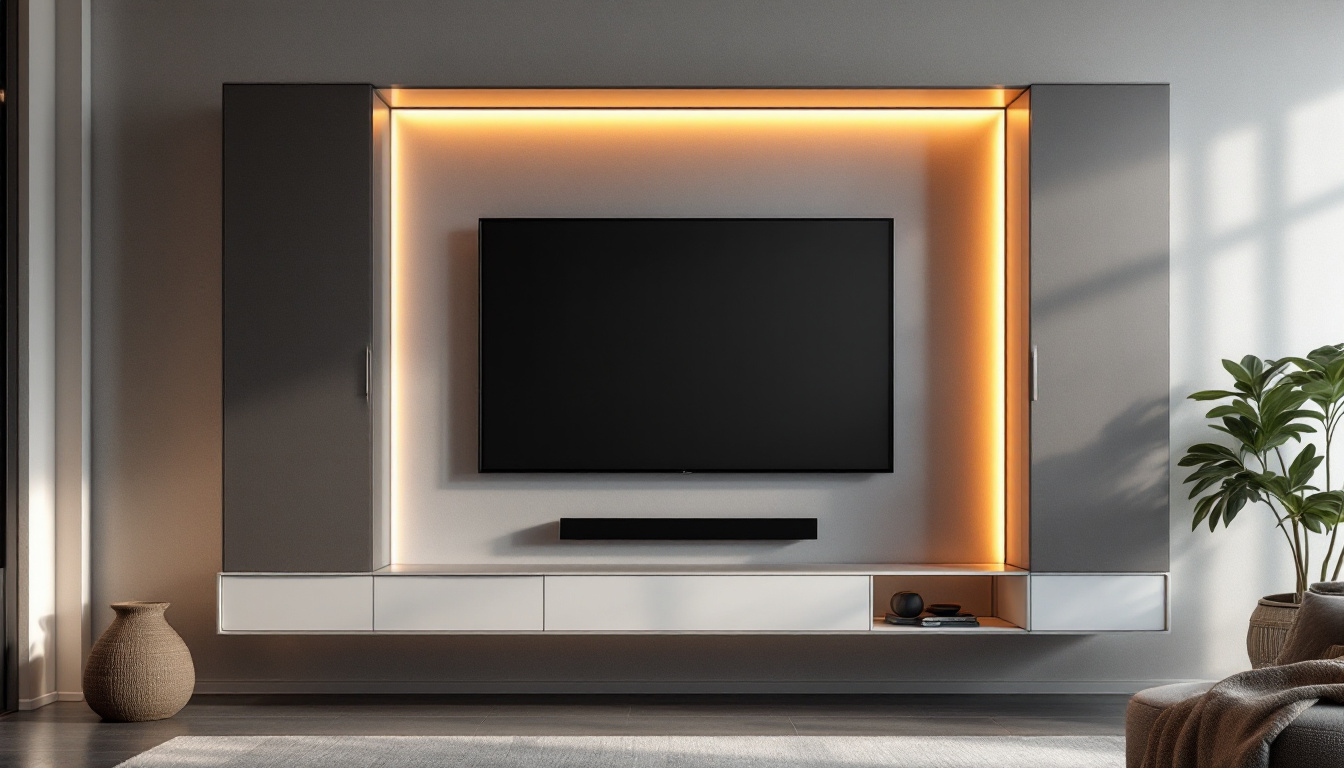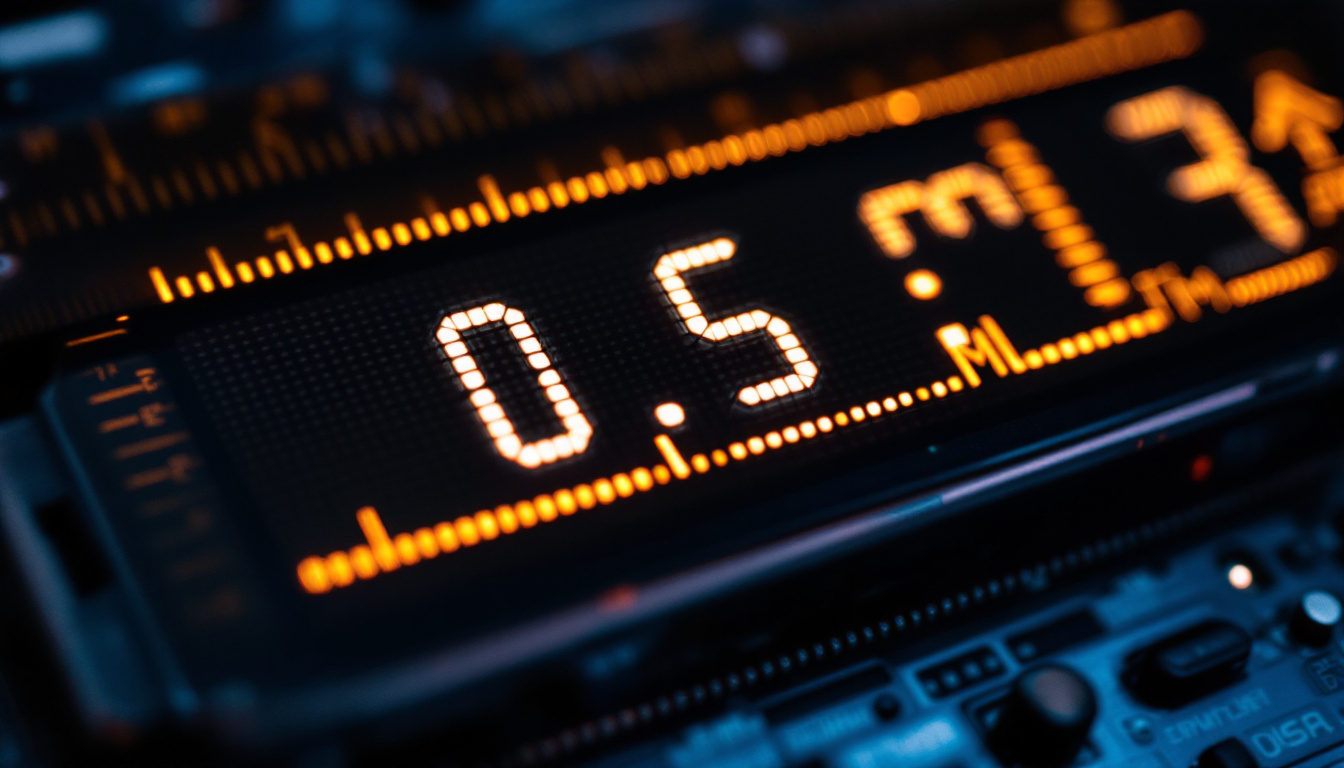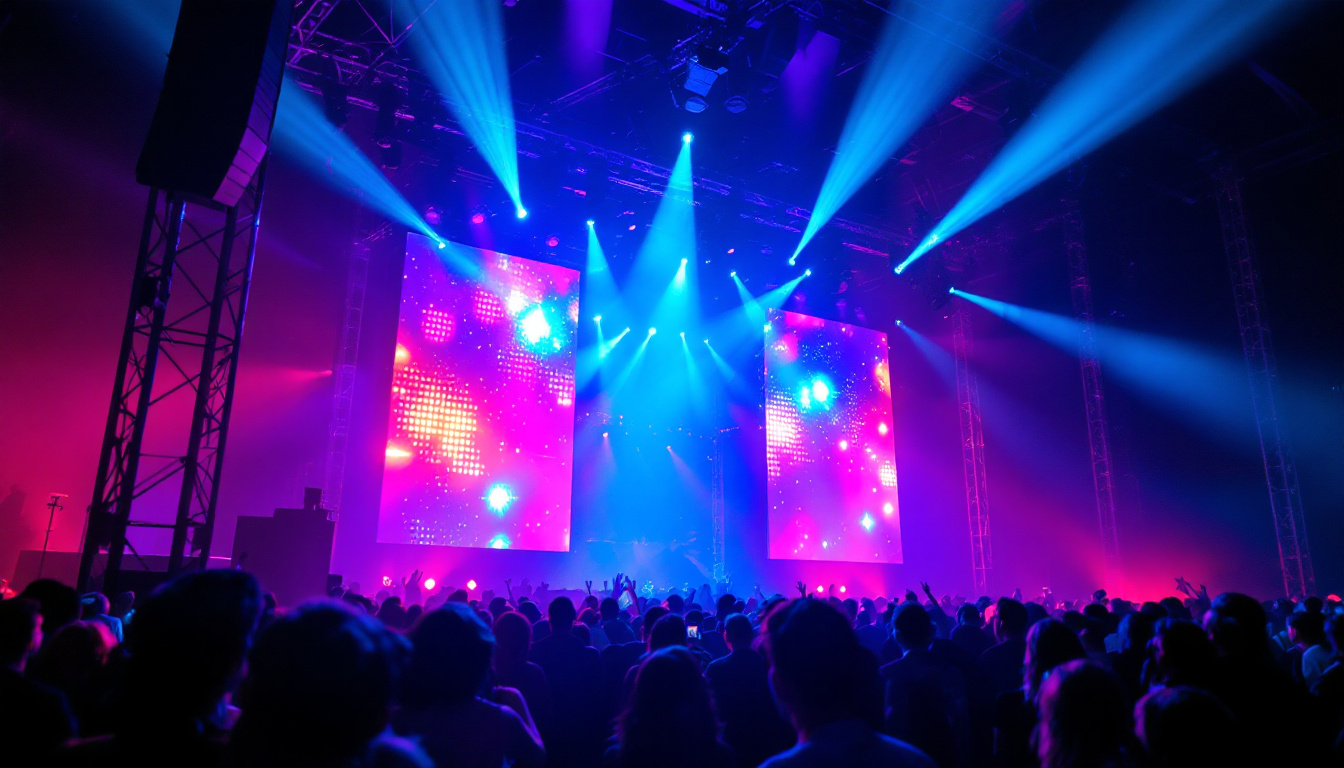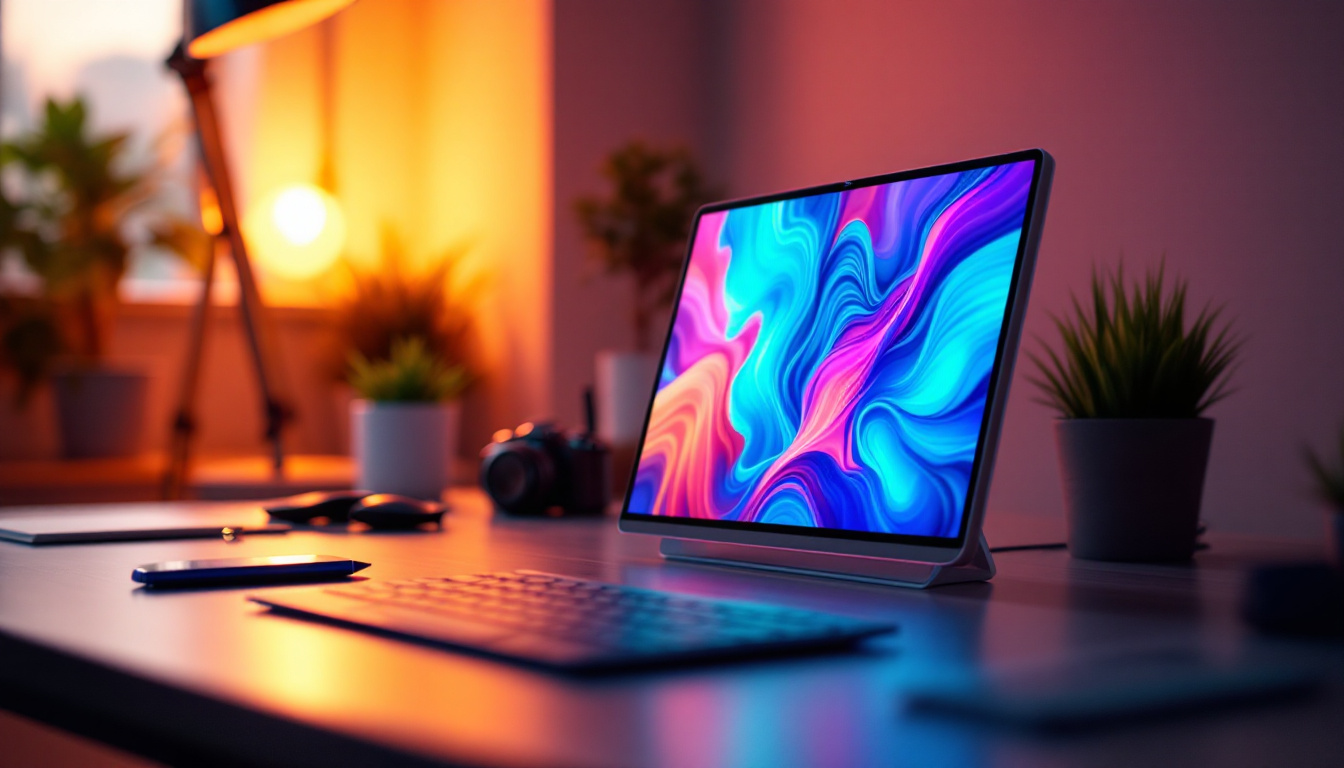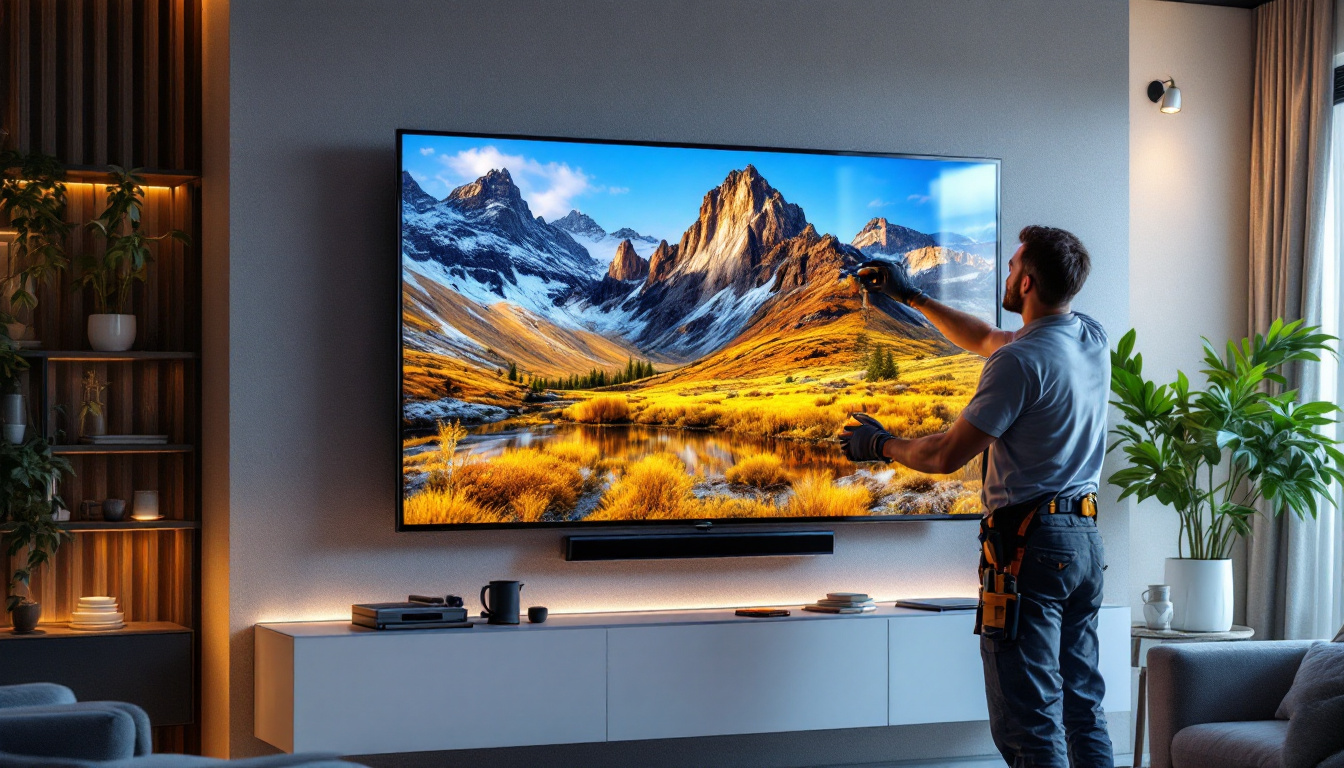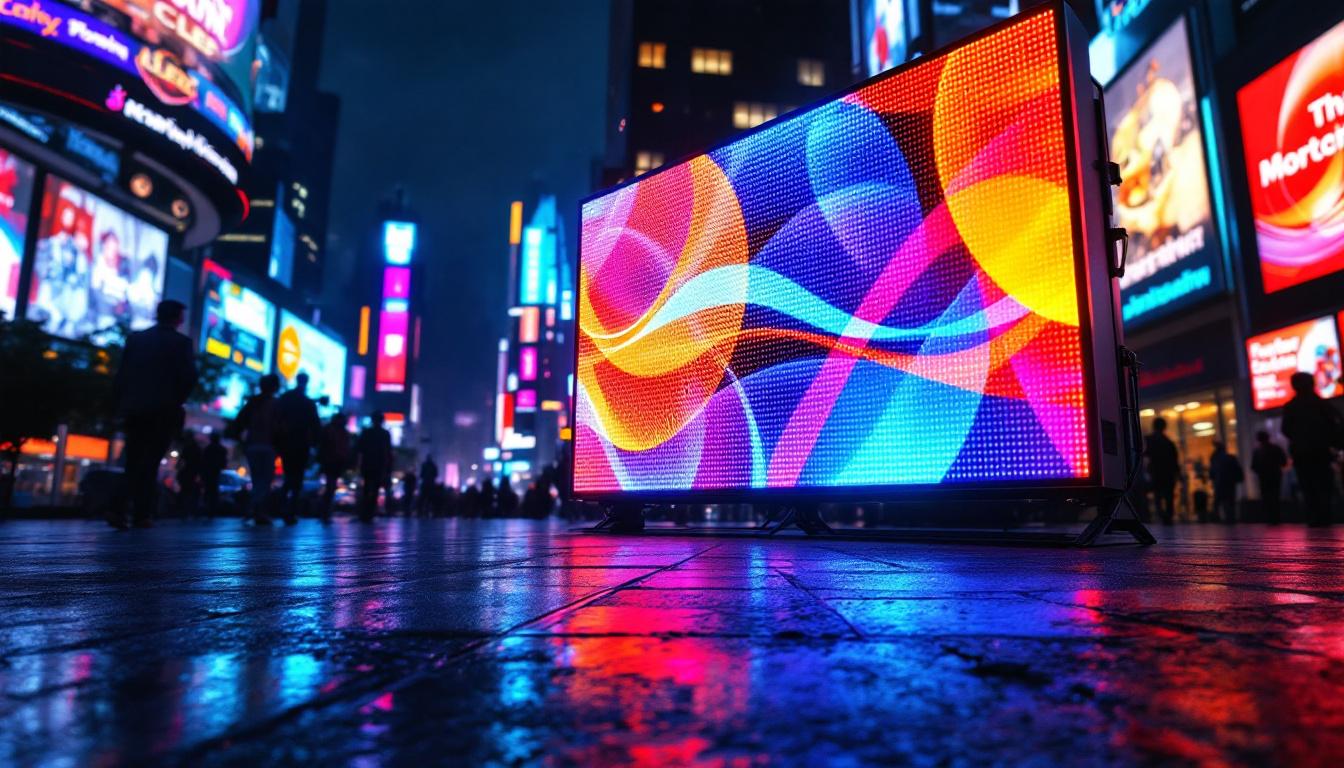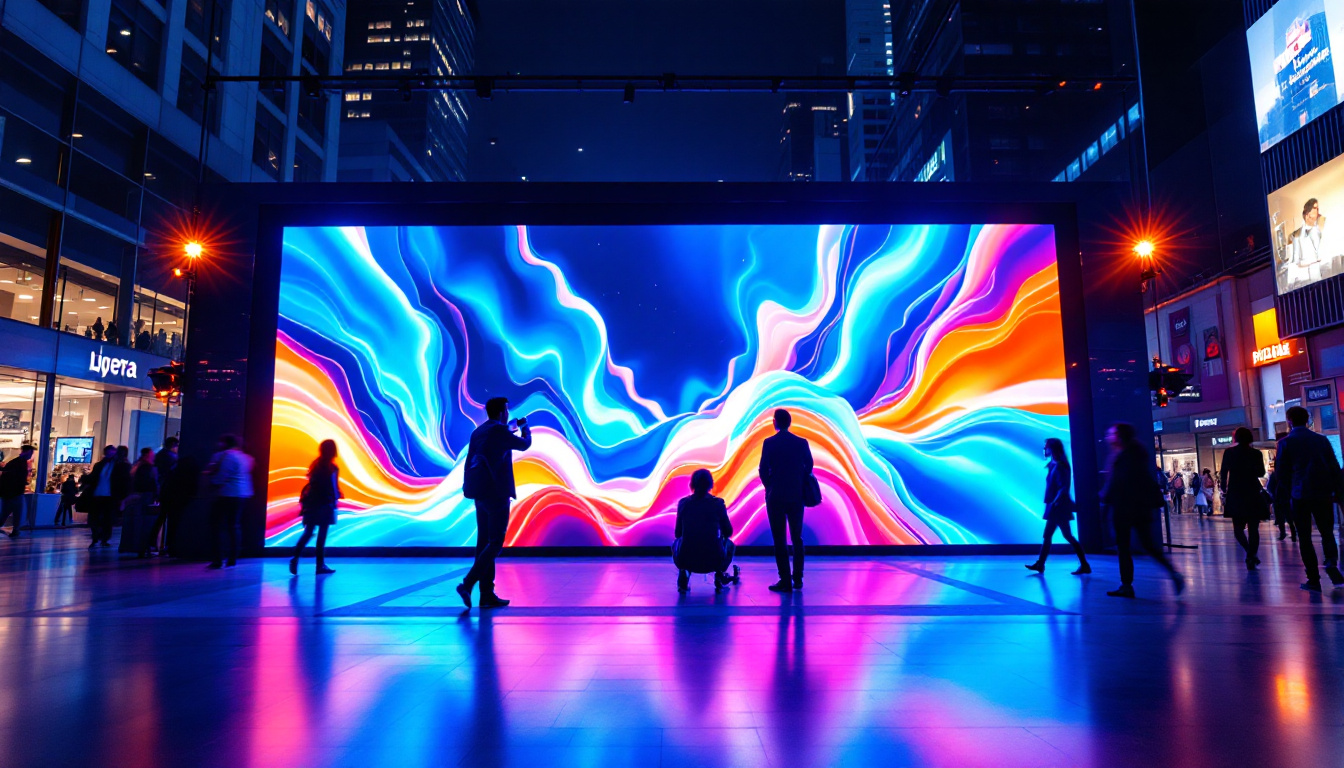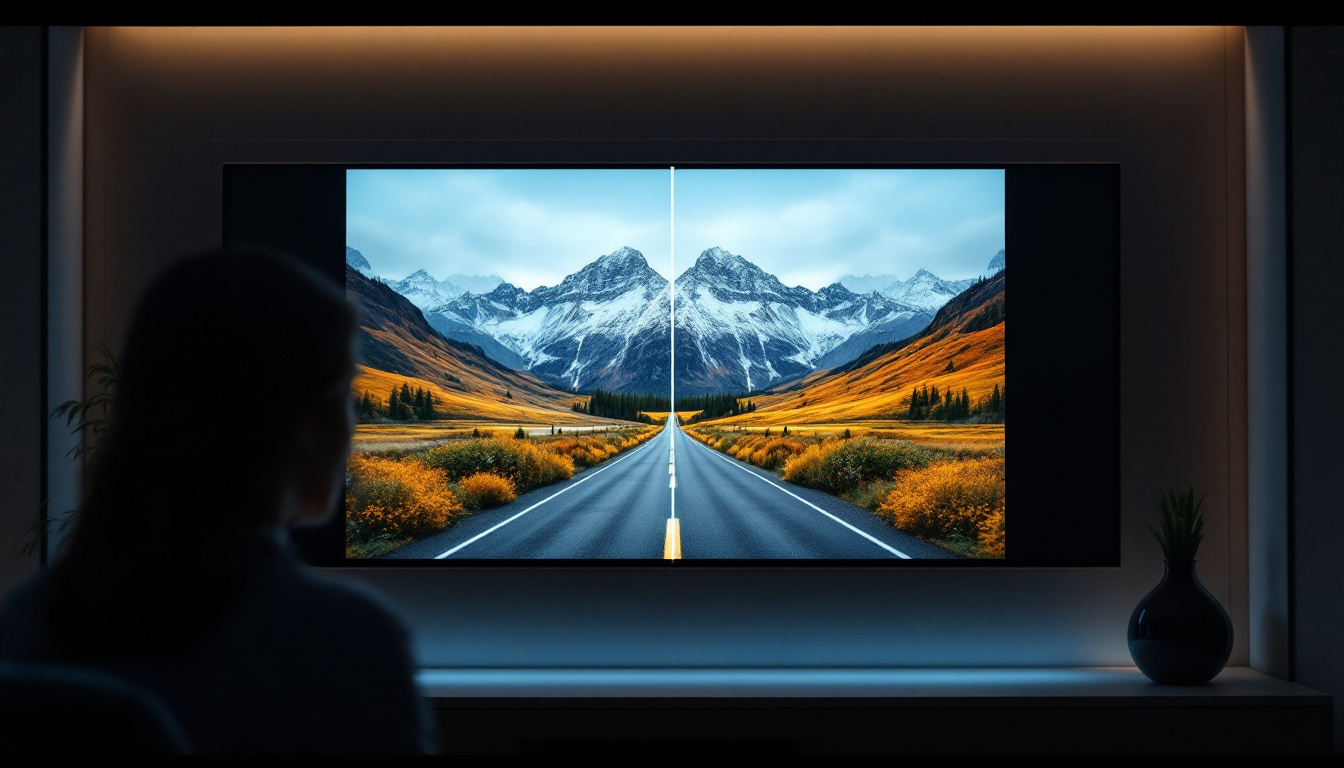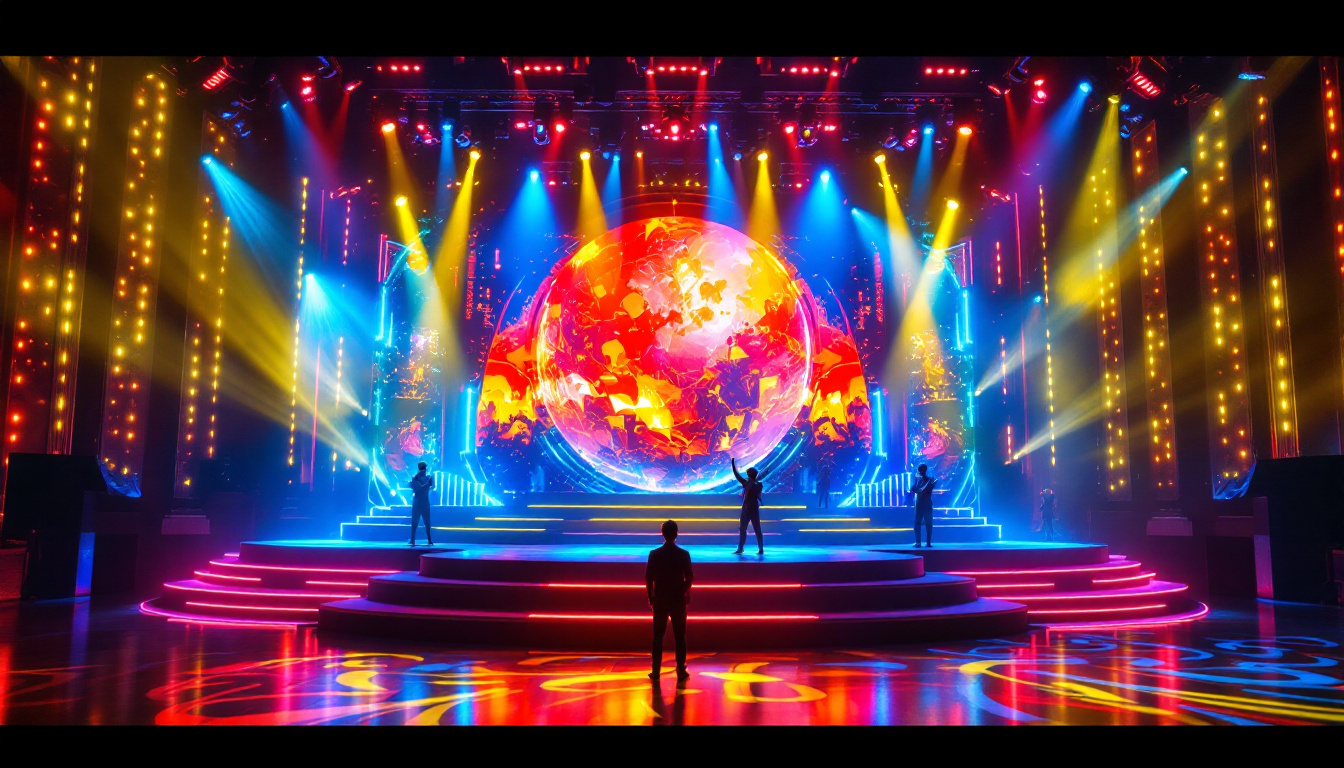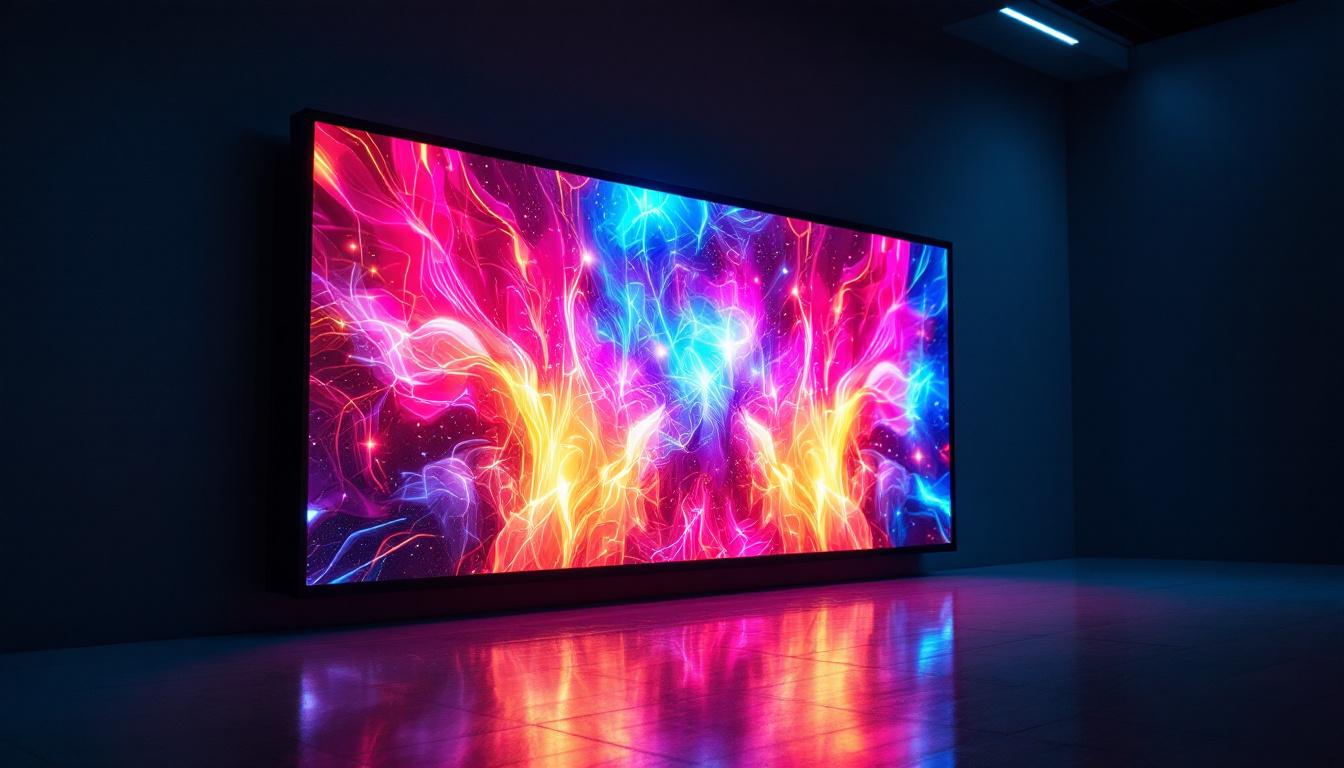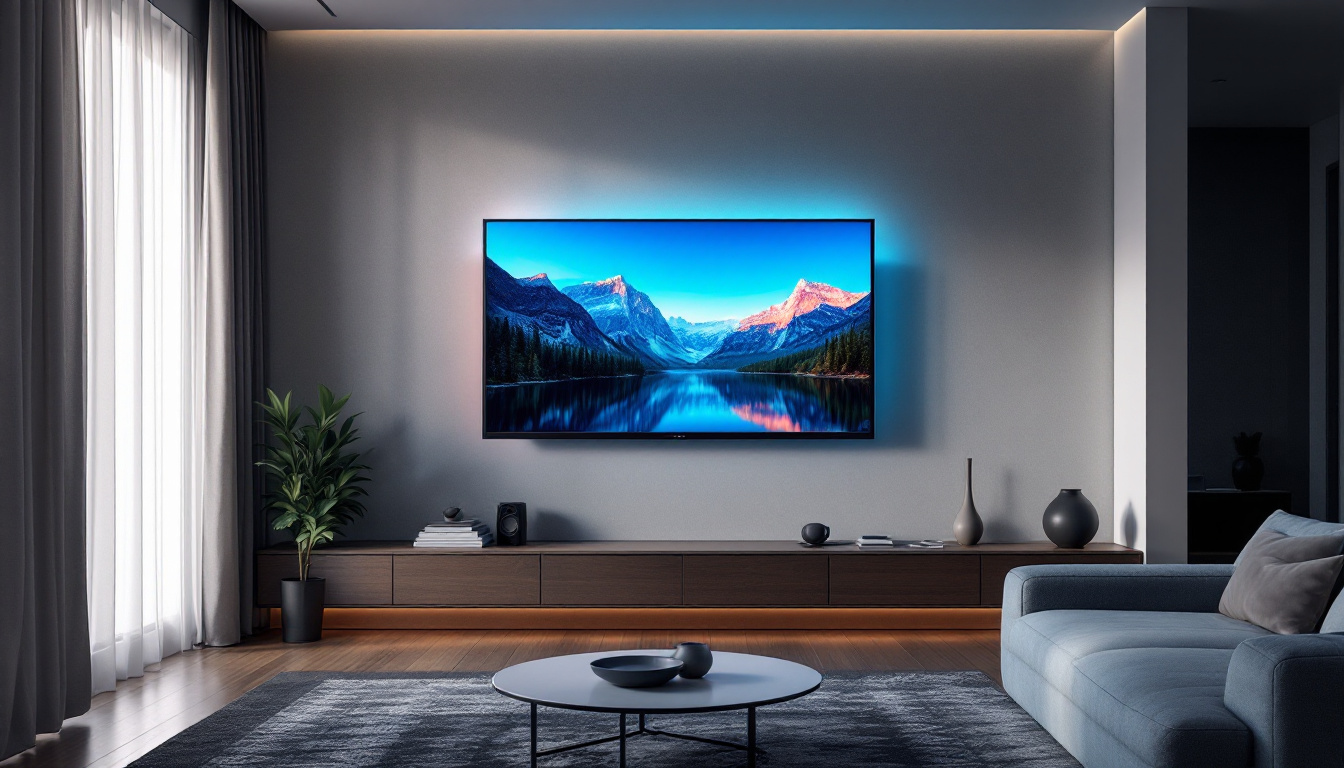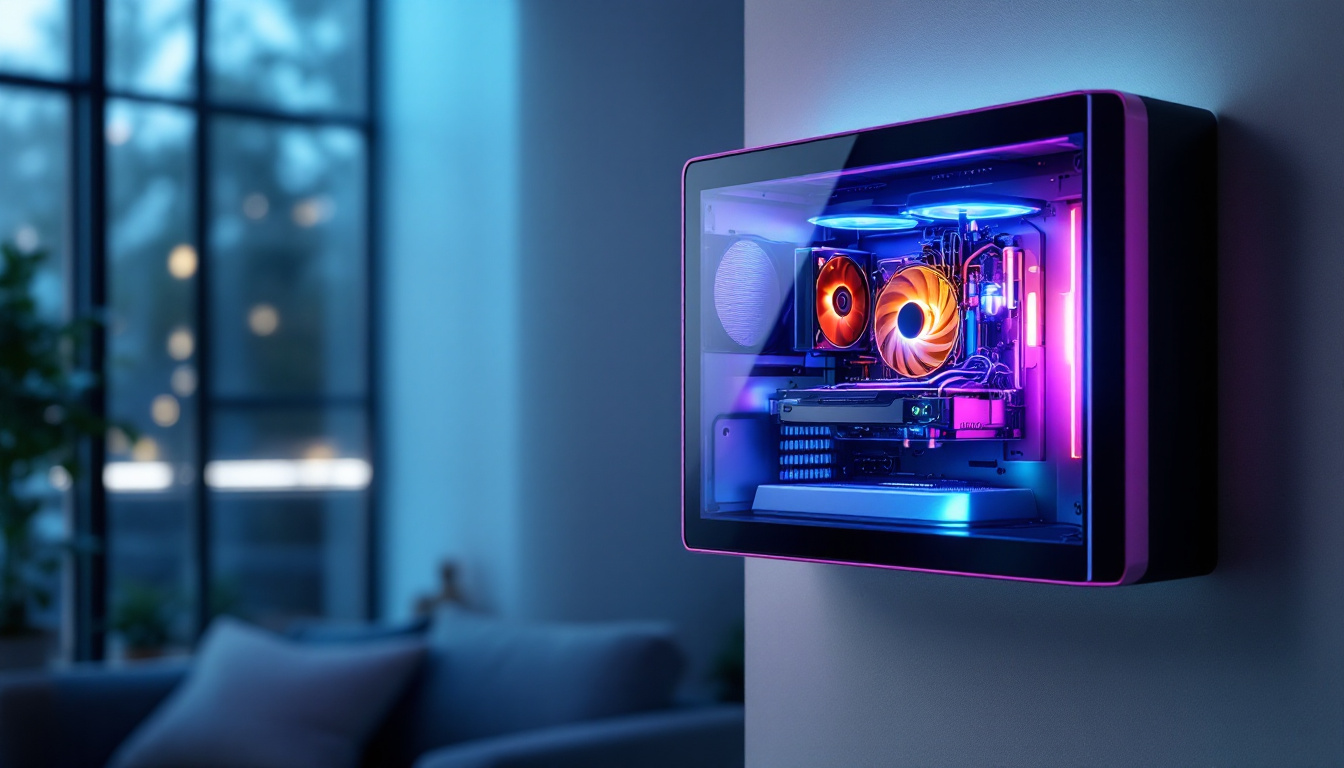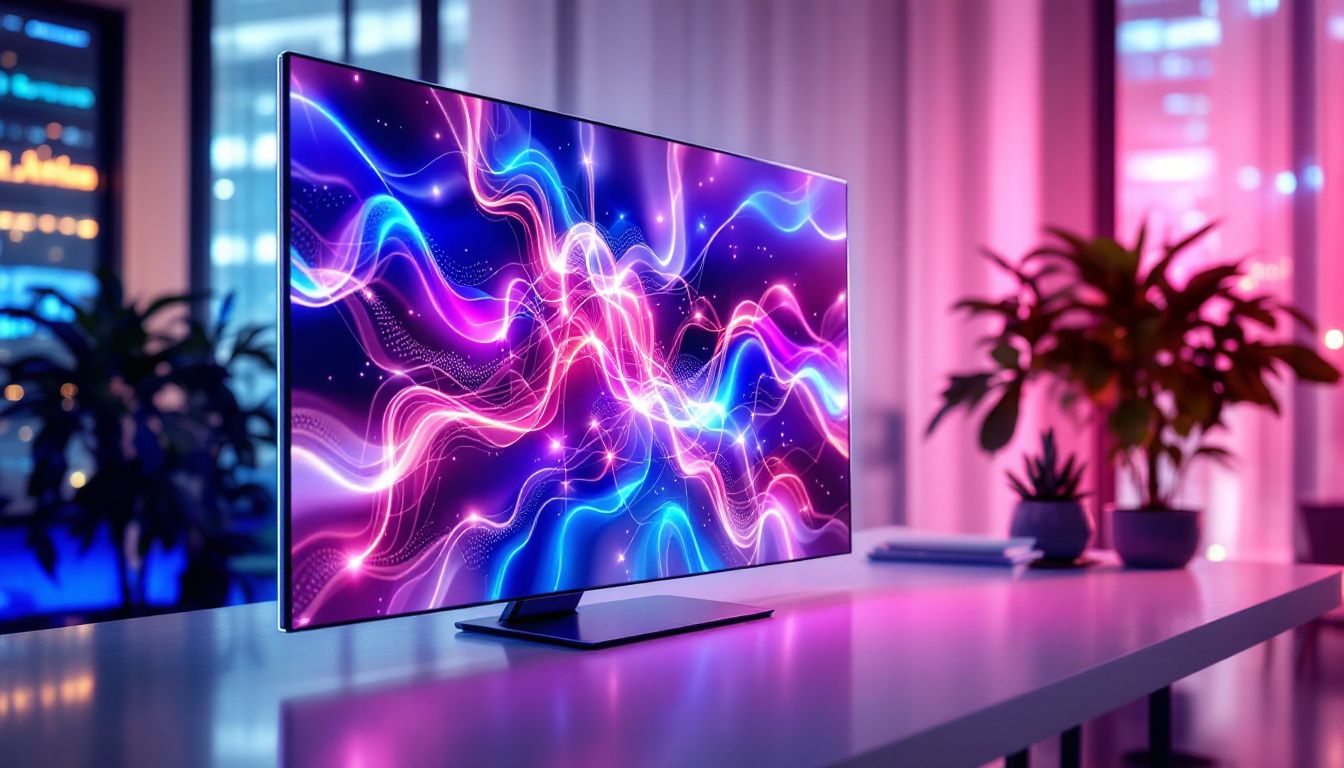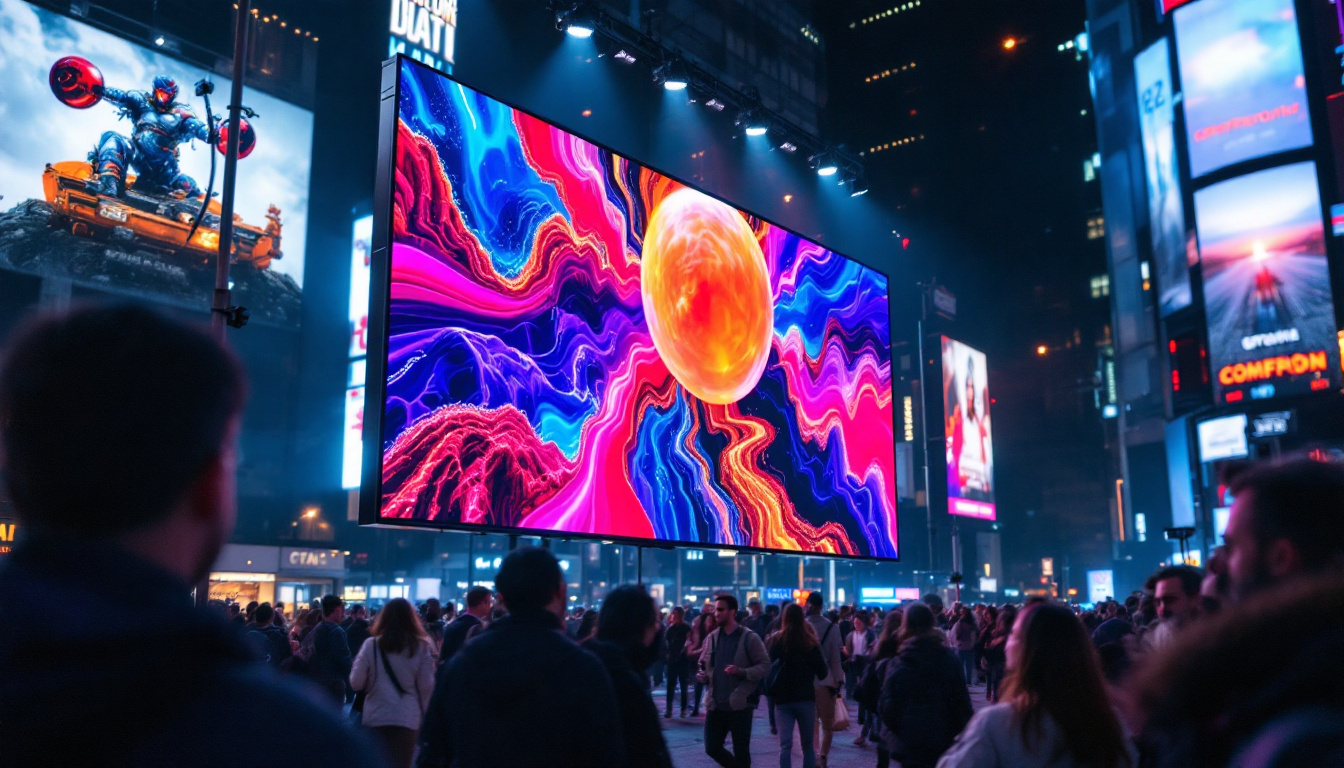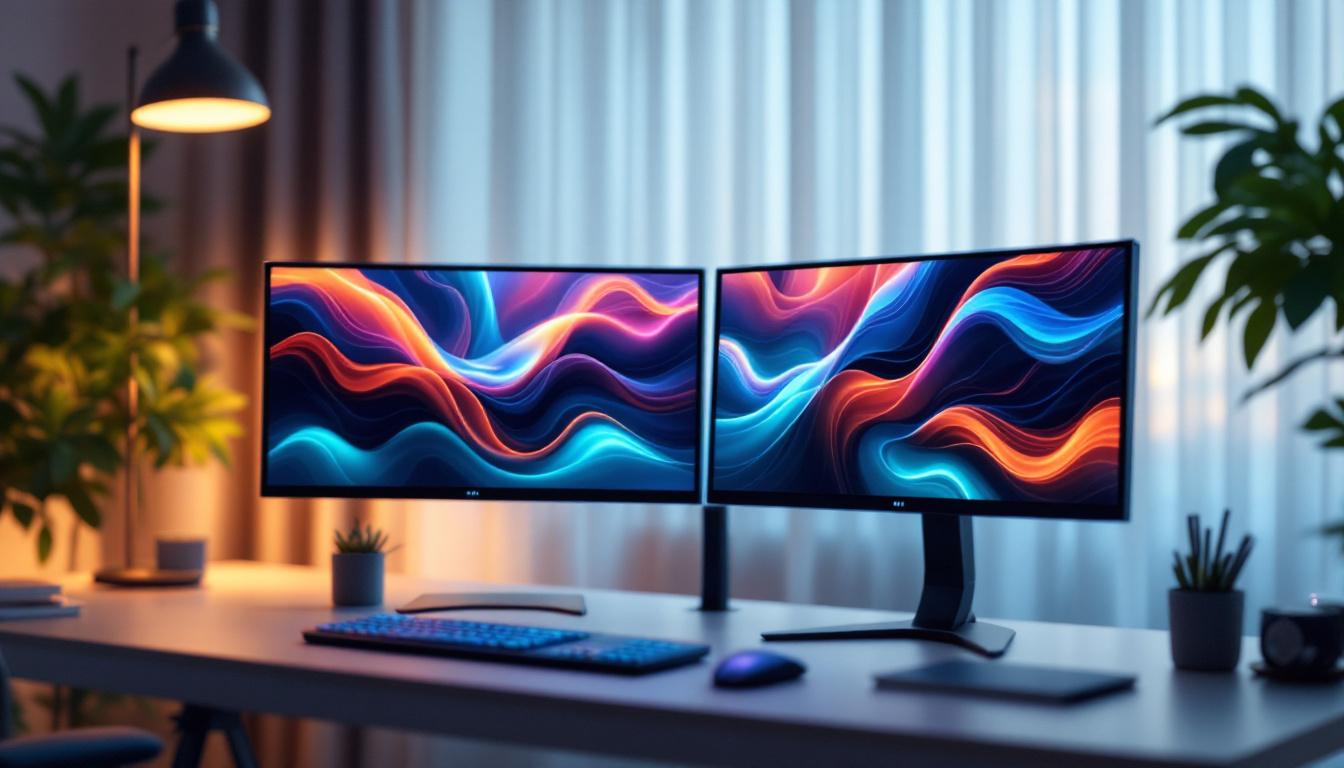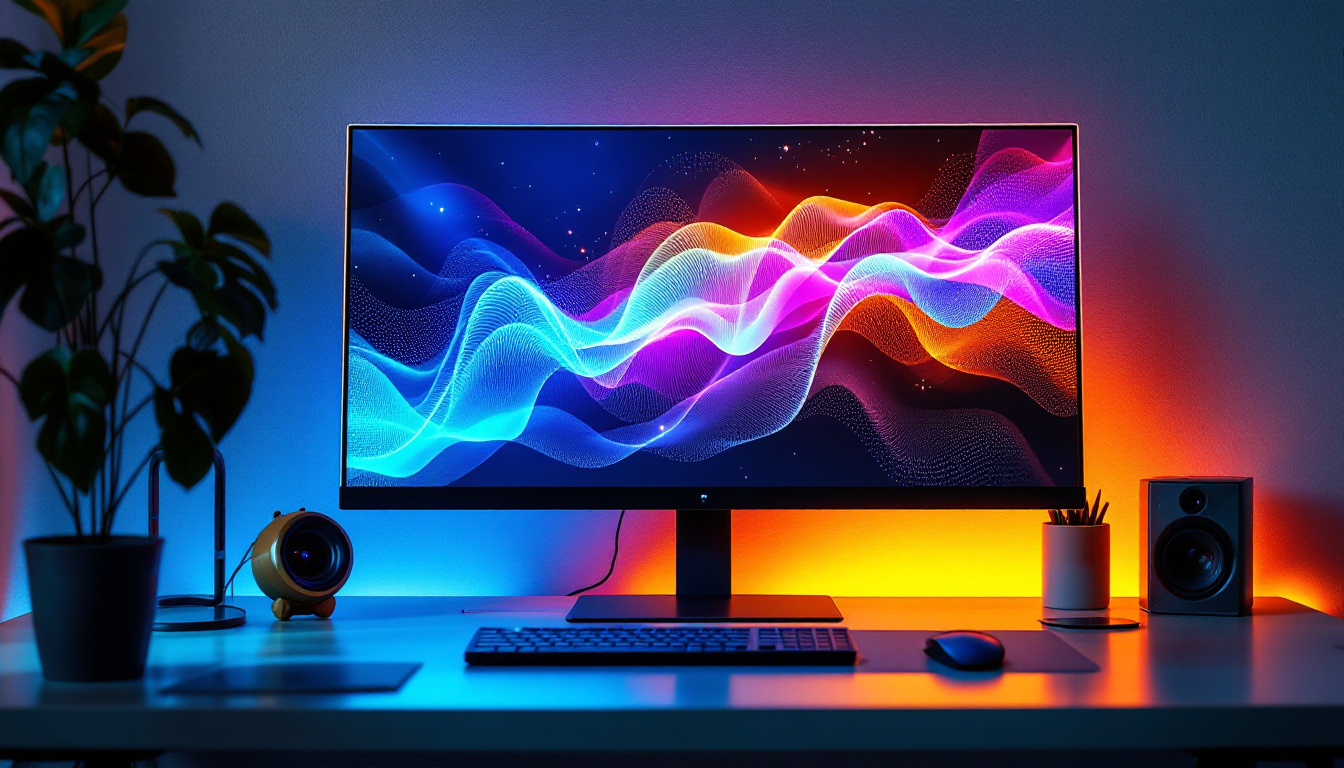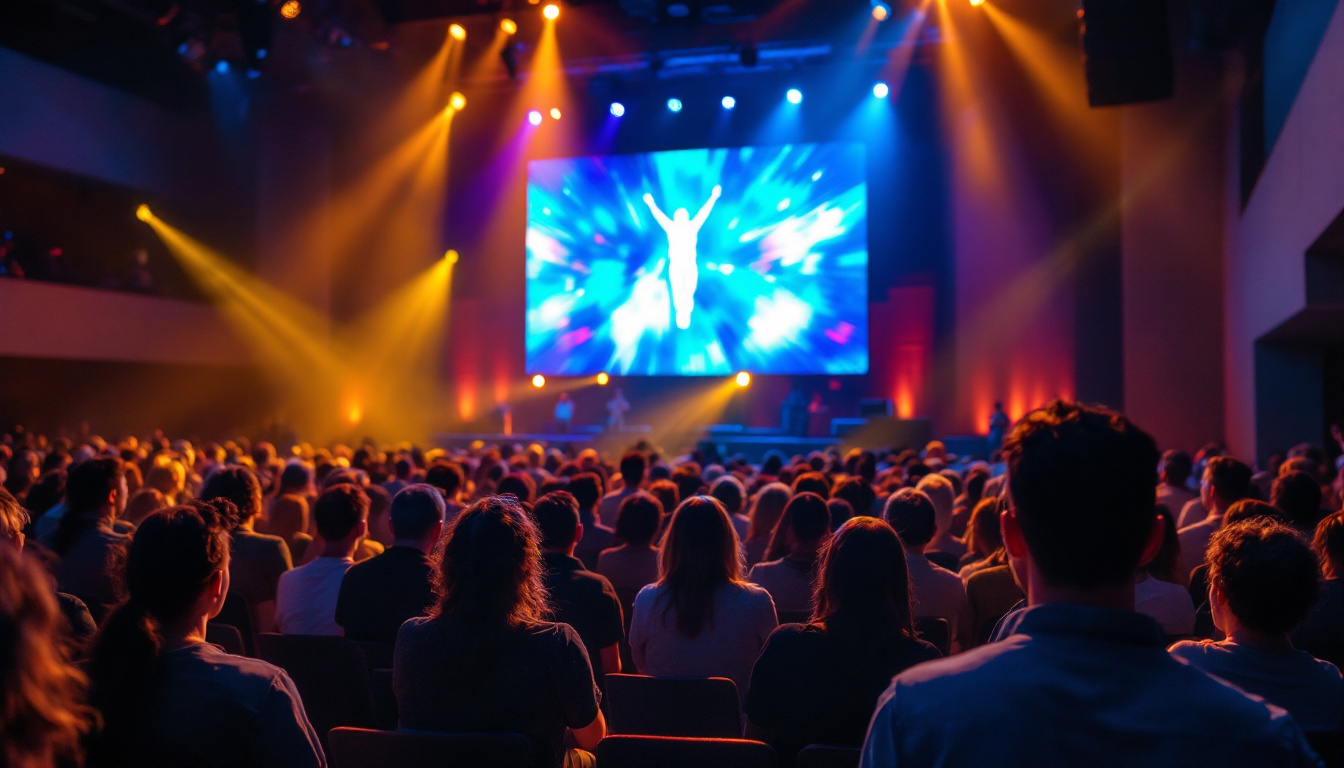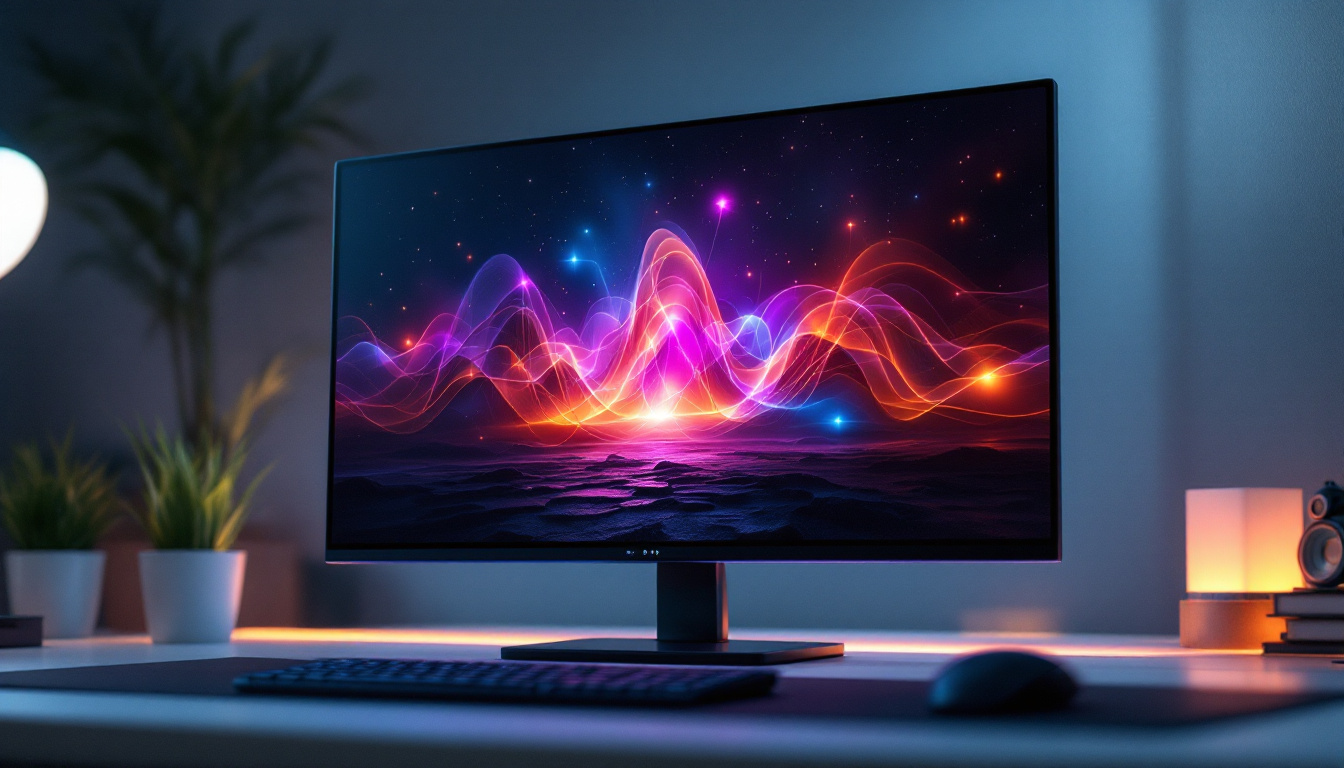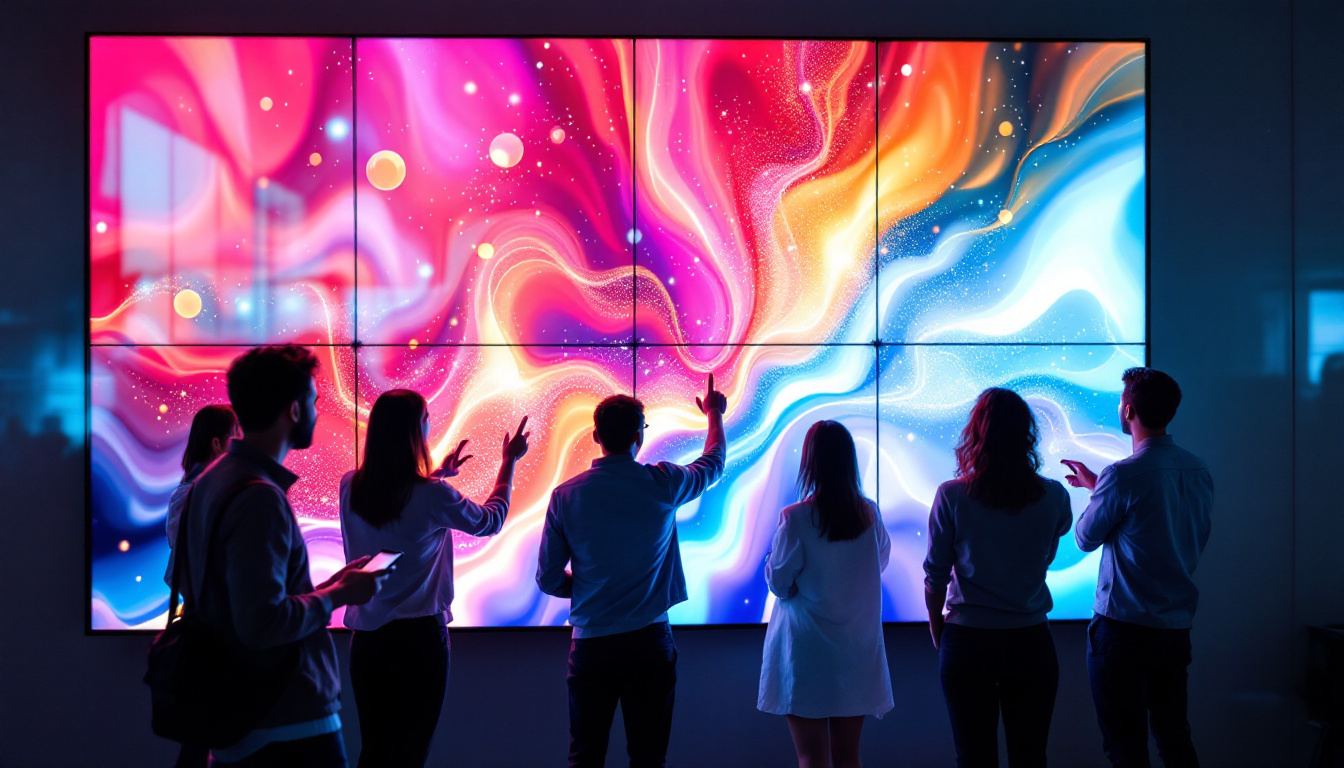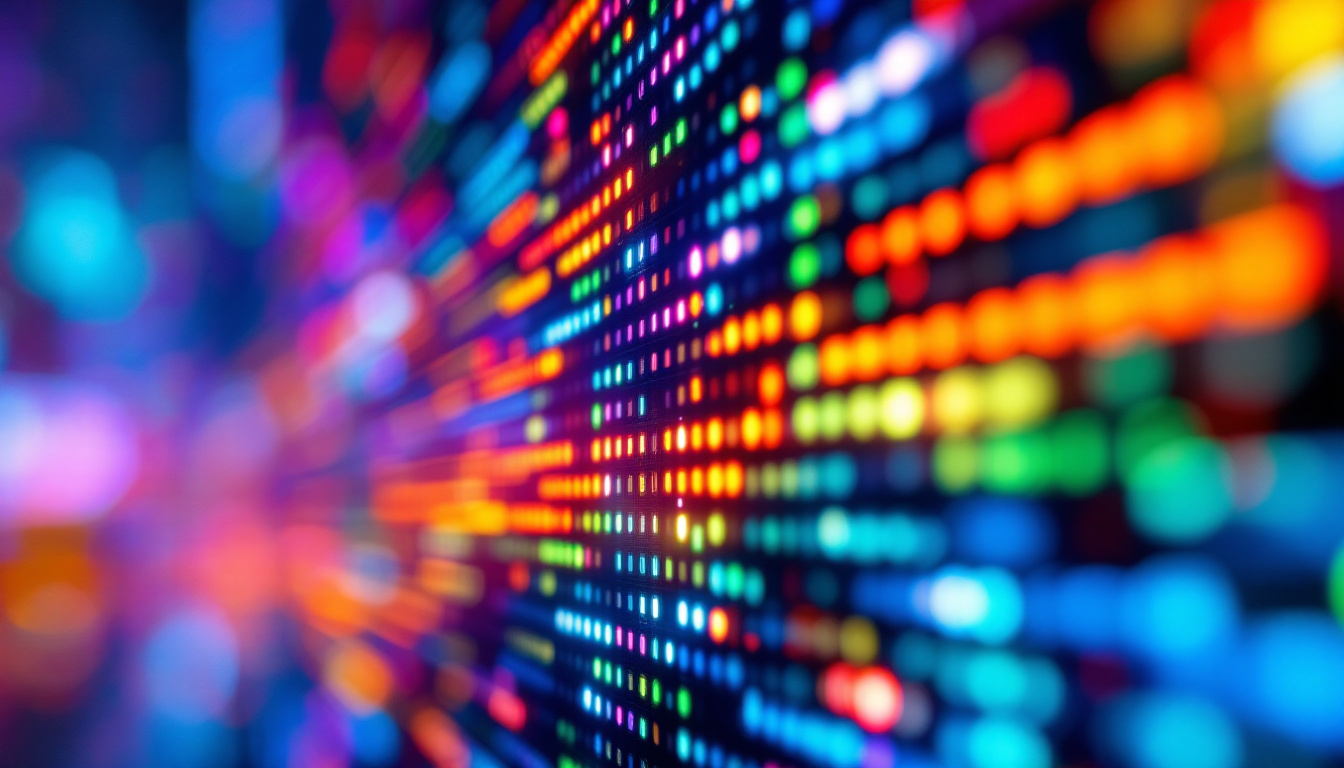In the fast-evolving world of technology, LED displays have emerged as a significant player, transforming how information is presented and consumed. Among the various applications of LED technology, the LED screen table stands out as an innovative solution that combines functionality with aesthetic appeal. This article delves into the intricacies of LED displays, focusing on what makes LED screen tables a unique and valuable addition to various environments.
Understanding LED Technology
Before exploring LED screen tables, it is essential to grasp the underlying technology that powers these displays. LED, or Light Emitting Diode, is a semiconductor device that emits light when an electric current passes through it. This technology has revolutionized the display industry, offering numerous advantages over traditional display methods.
The Basics of LED Displays
LED displays are composed of numerous tiny light-emitting diodes that work together to create images and videos. These displays can be categorized into two main types: direct view and backlit. Direct view LED displays utilize individual diodes to form the image, while backlit displays use LEDs to illuminate a liquid crystal display (LCD) panel.
One of the most significant benefits of LED technology is its energy efficiency. Compared to traditional incandescent bulbs, LEDs consume significantly less power, making them an environmentally friendly option. Additionally, LED displays offer superior brightness and color accuracy, resulting in vibrant visuals that capture attention.
Advantages of LED Displays
LED displays come with a host of advantages that make them an attractive choice for various applications. Firstly, their longevity is notable; LED displays can last up to 100,000 hours, significantly reducing the need for frequent replacements. This durability translates into lower maintenance costs over time.
Moreover, LED technology allows for flexibility in design. Displays can be manufactured in various shapes and sizes, making them suitable for diverse settings, from retail spaces to corporate environments. This adaptability is further enhanced by the ability to create interactive displays, which can engage users in a dynamic manner.
What is an LED Screen Table?
An LED screen table is a unique fusion of furniture and technology, integrating an LED display into a table surface. This innovative design allows for interactive experiences, making it ideal for various applications, including gaming, presentations, and advertising. The table can display dynamic content, transforming a traditional piece of furniture into a versatile digital platform.
Design and Functionality
The design of an LED screen table can vary significantly, depending on its intended use. Some tables feature a flat, seamless surface that allows for easy interaction, while others may have a more structured design with defined areas for specific functions. Regardless of the design, the primary goal remains the same: to enhance user experience through engaging visuals.
Functionality is another critical aspect of LED screen tables. Many models come equipped with touch-sensitive technology, enabling users to interact directly with the display. This feature opens up a world of possibilities, from browsing the internet to playing games or even conducting business presentations. The interactive nature of these tables encourages collaboration and engagement, making them a popular choice in modern workspaces.
Applications of LED Screen Tables
LED screen tables find applications in various sectors, showcasing their versatility. In corporate environments, they serve as dynamic presentation tools, allowing teams to share information in a visually engaging manner. This capability enhances communication and fosters collaboration among team members.
In the hospitality industry, LED screen tables can be used in restaurants and bars to create immersive dining experiences. Diners can interact with the table to explore menus, place orders, or even play games while waiting for their food. This interactive element not only entertains guests but also adds a modern touch to the dining experience.
Benefits of Using LED Screen Tables
The integration of LED screen tables into various environments offers numerous benefits. These advantages extend beyond mere aesthetics, impacting functionality, user engagement, and overall experience.
Enhanced User Engagement
One of the most significant benefits of LED screen tables is their ability to enhance user engagement. The interactive nature of these tables captivates users, encouraging them to explore content actively. This level of engagement is particularly valuable in educational settings, where interactive learning can lead to better retention of information.
In retail environments, LED screen tables can be used to showcase products in an engaging manner. Customers can interact with the display to learn more about products, view demonstrations, or even customize their purchases. This interactive shopping experience can significantly influence purchasing decisions, leading to increased sales.
Versatility and Customization
LED screen tables are incredibly versatile, making them suitable for various applications. They can be customized to meet specific needs, whether for a corporate meeting, a gaming session, or an art exhibition. This adaptability allows businesses and organizations to tailor the tables to their unique requirements, maximizing their utility.
Customization extends to the content displayed on the tables as well. Users can easily update and change the visuals, ensuring that the information presented is always relevant and engaging. This flexibility is particularly beneficial in fast-paced environments where information needs to be updated frequently.
Considerations When Choosing an LED Screen Table
While LED screen tables offer numerous benefits, selecting the right one requires careful consideration. Various factors can influence the choice, ensuring that the table meets specific needs and expectations.
Size and Dimensions
The size of the LED screen table is a crucial factor to consider. It should fit comfortably within the intended space while providing enough surface area for interaction. Whether it’s for a small meeting room or a large conference hall, the dimensions must align with the environment’s requirements.
Additionally, the height of the table is essential for user comfort. A well-designed table should accommodate users of varying heights, ensuring that everyone can interact with the display comfortably. Ergonomics play a vital role in enhancing user experience, making it a key consideration during the selection process.
Display Quality
The quality of the LED display is another critical aspect to evaluate. Factors such as resolution, brightness, and color accuracy significantly impact the overall viewing experience. A high-resolution display ensures that visuals are sharp and clear, while adequate brightness levels allow for visibility in various lighting conditions.
Moreover, color accuracy is essential for applications that require precise representation, such as design or marketing. Investing in a high-quality display can enhance the effectiveness of the LED screen table, making it a valuable asset for any organization.
Installation and Maintenance
Proper installation and maintenance of LED screen tables are essential to ensure their longevity and optimal performance. Understanding the installation process and maintenance requirements can help organizations maximize their investment.
Installation Process
Installing an LED screen table typically involves several steps, including assembling the table, connecting the display components, and configuring software settings. Depending on the complexity of the table, professional installation may be recommended to ensure everything is set up correctly.
Additionally, considerations such as power supply and connectivity should be addressed during installation. Ensuring that the table is connected to a reliable power source and has access to necessary networks will enhance its functionality and user experience.
Maintenance Requirements
Regular maintenance is crucial to keep LED screen tables functioning optimally. This includes cleaning the display surface, checking for software updates, and ensuring that all components are in good working condition. Establishing a maintenance schedule can help organizations avoid potential issues and extend the lifespan of their investment.
Furthermore, training staff on proper usage and care can contribute to the longevity of the table. Understanding the capabilities and limitations of the LED screen table will empower users to maximize its potential while minimizing wear and tear.
The Future of LED Screen Tables
The future of LED screen tables looks promising, with advancements in technology paving the way for even more innovative applications. As the demand for interactive and engaging experiences continues to rise, these tables are likely to evolve further, incorporating new features and capabilities.
Integration with Emerging Technologies
One of the most exciting prospects for LED screen tables is their potential integration with emerging technologies such as augmented reality (AR) and virtual reality (VR). This integration could create immersive experiences that blend the physical and digital worlds, offering users unprecedented levels of interaction.
For example, in educational settings, AR could enhance learning by overlaying digital information onto the physical environment, allowing students to explore concepts in a more engaging manner. Similarly, in retail, VR experiences could be integrated into LED screen tables, enabling customers to visualize products in their own environments before making a purchase.
Increased Customization and Personalization
As technology advances, the ability to customize and personalize LED screen tables will likely increase. Future models may incorporate artificial intelligence (AI) to analyze user preferences and tailor content accordingly. This level of personalization could enhance user engagement, making interactions even more relevant and impactful.
Furthermore, advancements in display technology may lead to even thinner and more flexible screens, allowing for a broader range of designs and applications. This evolution will enable organizations to create unique and captivating experiences that resonate with users.
Conclusion
LED screen tables represent a fascinating convergence of technology and design, offering innovative solutions for various applications. Their interactive nature, combined with the advantages of LED technology, makes them a valuable asset in modern environments. As the technology continues to evolve, the potential for LED screen tables is boundless, promising exciting developments in user engagement and experience.
Whether in corporate settings, educational institutions, or hospitality venues, LED screen tables are poised to transform how information is presented and consumed. Investing in this technology not only enhances functionality but also creates memorable experiences for users, making it a worthwhile consideration for any organization looking to stay ahead in a competitive landscape.
Discover the Future of Interactive Displays with LumenMatrix
Ready to elevate your space with the cutting-edge technology of LED screen tables? LumenMatrix is at the forefront of creating immersive visual experiences that captivate and engage. From dynamic Indoor LED Wall Displays to innovative Custom LED Displays, our solutions are designed to transform your environment and communication strategies. Don’t miss the opportunity to redefine the way you present and interact with information. Check out LumenMatrix LED Display Solutions today and step into the future of interactive display technology.

